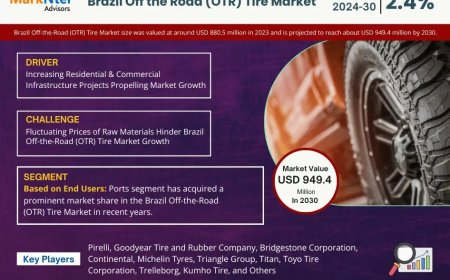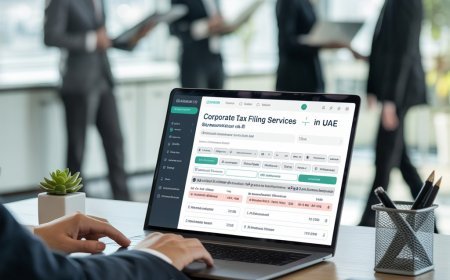Hedge Fund Carried Interest vs. Private Equity Carried Interest: Key Differences for Investors.
Hedge Fund Carried Interest

Carried interest is a fundamental component of compensation for managers in alternative investment funds, notably hedge funds and private equity funds. It represents a share of the profits generated by the fund's investments, designed to align the interests of the fund managers (General Partners or GPs) with those of the investors (Limited Partners or LPs). While the core concept is similar, the application, calculation, and increasingly, the tax implications of carried interest can differ significantly between hedge funds and private equity, especially as we look at the evolving landscape of 2025.
Understanding these distinctions is crucial for both fund managers and sophisticated investors.
Fundamental Differences in Investment Strategies
The primary driver of the differences in carried interest stems from the inherent nature of hedge fund carried interest versus private equity funds:
- Private Equity (PE): PE funds invest in private companies (or take public companies private) with the goal of improving their operational performance, growing their value, and eventually selling them for a profit. These investments typically involve long holding periods (5-10 years or more) and are illiquid. Profits are realized upon the sale or IPO of a portfolio company.
- Hedge Funds: Hedge funds employ a wider array of investment strategies, often involving liquid assets like stocks, bonds, currencies, and derivatives. They aim to generate absolute returns regardless of market conditions, using complex techniques such as long/short equity, global macro, event-driven, and arbitrage. Profits can be realized much more frequently, sometimes on a daily or monthly basis.
Carried Interest Calculation and Distribution
These strategic differences lead to variations in how carried interest is calculated and distributed:
- Private Equity Carried Interest:
- "Waterfall" Distribution: PE funds typically use a "distribution waterfall" model. Profits are distributed in a specific order:
- LPs recoup their initial capital contributions.
- LPs receive a "preferred return" or "hurdle rate" (e.g., 7-9% annual return on their investment).
- The GP receives a "catch-up" amount, bringing their carried interest share up to the agreed-upon percentage (e.g., 20% of all profits above the preferred return).
- Remaining profits are split according to the agreed-upon ratio (e.g., 80% to LPs, 20% to GP).
- "High-Water Mark": Hedge funds typically employ a "high-water mark" provision. The fund manager only earns a performance fee on new profits that exceed the fund's previous highest value. This ensures managers aren't paid for simply recovering prior losses.
- "Hurdle Rate" (Less Common): While some hedge funds use hurdle rates, they are less common than in PE. When used, they operate similarly, meaning the fund must achieve a minimum return before the performance fee is earned.
- More Frequent Calculation: Performance fees are usually calculated and accrued more frequently (e.g., quarterly or annually) due to the liquidity of the underlying assets.
Tax Implications in 2025
The tax treatment of carried interest has been a hot political topic globally, and 2025 brings some clarity and ongoing debate:
- The "Carried Interest Loophole": Historically, both PE and hedge fund carried interest, when derived from capital gains on assets held for a sufficient period, have been taxed at the lower long-term capital gains rates (currently up to 23.8% in the U.S. when including the Net Investment Income Tax) rather than higher ordinary income rates (up to 37% in the U.S.). This preferential treatment, often termed the "carried interest loophole," has been a point of contention.
- Holding Period (U.S.): The U.S. Tax Cuts and Jobs Act (TCJA) of 2017 increased the required holding period for assets to qualify for long-term capital gains treatment on carried interest from one year to three years. Most PE investments naturally exceed this.
- Ongoing Legislative Debate (U.S.): As of mid-2025, there are ongoing legislative proposals in the U.S., such as the "Carried Interest Fairness Act of 2025," that aim to completely eliminate or significantly alter this preferential treatment, potentially taxing carried interest as ordinary income. The outcome of these discussions will significantly impact the after-tax compensation for both PE and hedge fund managers.
- UK Reforms (from April 2025/2026): The UK has already seen and continues to implement significant reforms. From April 2025, the capital gains tax rate for carried interest increased from 28% to 32%. More comprehensively, from April 2026, the UK intends to tax most carried interest as "trading profits," subject to income tax and National Insurance contributions, though a 72.5% multiplier for "qualifying" carried interest (linked to average holding periods) will create a lower effective rate for some. This signals a global trend towards re-evaluating carried interest taxation.
In summary, while both private equity and hedge funds utilize carried interest to incentivize their managers, the structural differences in their investment strategies lead to distinct calculation methodologies. More importantly, investors and fund managers alike must remain acutely aware of the evolving tax landscape, as legislative changes in 2025 and beyond are poised to significantly alter the after-tax returns from this critical component of alternative investment compensation.






































